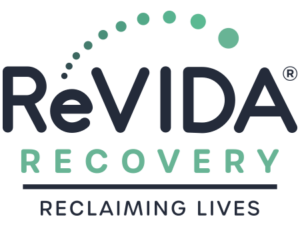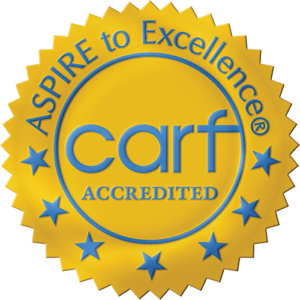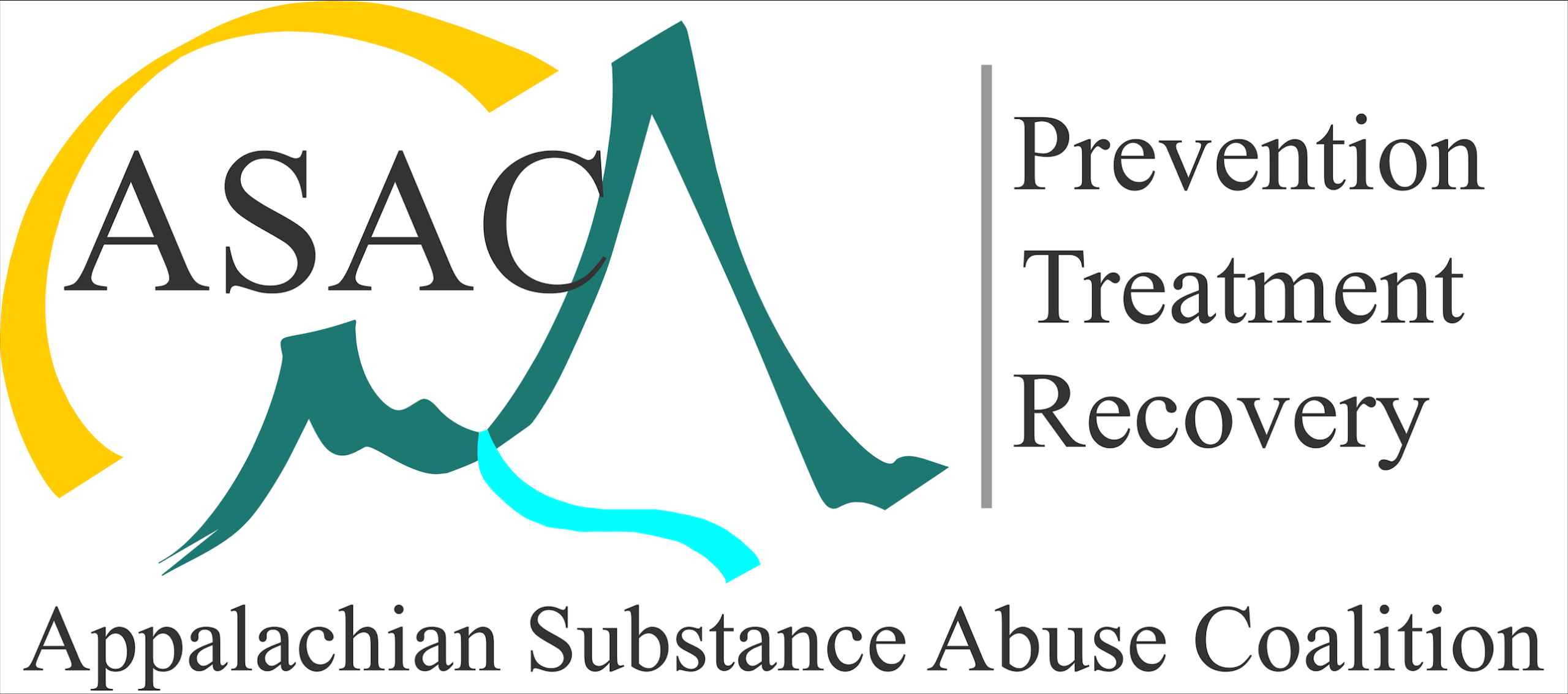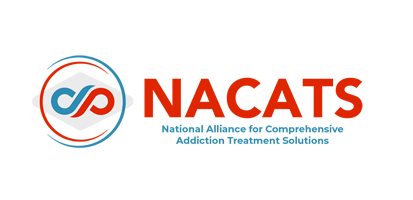
The opioid crisis rages on in Appalachia, with overdose mortality rates over 61% higher here than in the rest of the nation. The fuel for this fire? A powerful synthetic opioid called fentanyl that’s 50-100 times more potent than other drugs in its class. If you or someone you love is participating in illegal opioid use, it’s more dangerous now than it’s ever been. This is because lately, dealers have been adding other substances to fentanyl (or adding fentanyl to other substances) to save money, stretch out their inventory, or increase the “high” for their customers.
At ReVIDA® Recovery, we know that part of healthy living is understanding what you’re putting into your body. We care about the lives of each and every member of the communities we serve, and we know how effective treatment for fentanyl addiction can be. But if you or someone you love isn’t quite ready for treatment, we want you to be aware of what you’re ingesting so you can prevent an overdose. Today we’re here to talk about what fentanyl is cut with and why it’s important to stay vigilant.
Table of Contents
What is Fentanyl?
Fentanyl is a synthetic (man-made in a lab) opioid that’s FDA-approved for the treatment of severe pain. Doctors will prescribe this medication for short periods to manage post-surgical pain, but it isn’t a medication that’s prescribed for the long term. Anyone who takes fentanyl for long periods risks forming a physical and mental dependency on it.
When taken under a prescription, fentanyl can help to ease severe pain and even speed the healing process along. It comes in forms like lozenges, nasal sprays, transdermal patches, and sublingual tablets. When taken illegally, it’s often in pill or powder form. People may crush the pills, add water, and inject them.
Fentanyl is 50-100 times stronger than other opioids in its class. This means the risk of a fentanyl overdose is high, which is why it should only be taken under a clinician’s care. Unfortunately, this is an opioid that is often used illegally and outside of a prescription. Lately, dealers have been mixing fentanyl into other drugs to stretch out their inventory and create a stronger “high”. This can become dangerous, especially when a person doesn’t know they’re taking fentanyl.
What Drugs Are Commonly Cut with Fentanyl
Because fentanyl is so strong, it is almost always cut with something before it’s illegally distributed. Dealers will often use “harmless” cutting agents like sugar, starch, or baby powder to increase its volume. Other times, dealers will cut fentanyl with other drugs or medications, like heroin, benzodiazepines, and cocaine.
What Are the Different Types of Drug Cutting Agents?
In order to evenly distribute the dosages, dealers will cut fentanyl with a few common cutting agents:
- Sugar
- Starch
- Baby powder
- Caffeine
- Aspirin
- Levamisole
While many of these agents seem “harmless”, there’s still a risk. Caffeine, for example, can mask the symptoms of an overdose. Additionally, it can increase heart rate and cause anxiety. Caffeine can also magnify fentanyl’s side effects when the two are mixed. Regularly taking large amounts of caffeine can make fentanyl withdrawals more severe (increased anxiety and tremors).
Dangers of Fentanyl Cut with Heroin
Dealers will also cut fentanyl with other drugs or opioids like heroin. They can mix a small amount of fentanyl into a larger amount of heroin, which saves them money and stretches out their inventory. Last year, 70,000 overdose deaths were attributed to fentanyl. A large reason for this is that, when people are taking it illicitly, they don’t know what’s in it. If fentanyl is cut with heroin, the risk of overdose increases, along with a myriad of other health complications. On its own, fentanyl is much stronger than other opioids. When mixed with other opioids, the strength increases, and it’s easy to misunderstand how potent each dose is. Some common signs of a fentanyl overdose include:
- Gurgling noises
- Difficulty breathing
- Blue lips, nose, or under eyes
- A rigid or limp body
- Unpredictable somnolence
- Pale skin
- Coma
- Vomiting
- Sweating
Risks of Taking Drugs Cut With Other Substances
It’s always dangerous to take more than one substance at a time, especially with fentanyl. Unfortunately, dealers aren’t always forthcoming with their customers. That’s why it’s important that if you or someone you love is managing a fentanyl addiction, you look into treatment. If you’re not ready for that, fentanyl test strips are a recommended cautionary step.
If you live in the Tennessee area, the Department of Mental Health and Substance Abuse Services offers fentanyl test strips free of charge. Most states (including Tennessee) also have a Good Samaritan Law in place, which means if you or someone you love needs medical help because you’ve taken too much fentanyl (or you’ve taken fentanyl cut with something else), you won’t be prosecuted.
The safest way to avoid the complications that stem from illegally-acquired substances is to abstain from using them, but we know it isn’t always that easy. It isn’t just fentanyl that causes addiction – it’s trauma, mental health conditions, or even life circumstances. At ReVIDA® Recovery, you will never be judged for your addictions. We want to work with you to help you reclaim your life from any kind of opioid use disorder by helping you heal from the inside out. Addiction can be a lonely road, but recovery doesn’t have to be.
Getting Treatment for Fentanyl Addiction at ReVIDA® Recovery
At ReVIDA® Recovery, we have seen firsthand how effective evidence-based fentanyl addiction treatment can be. It doesn’t matter how long you’ve been taking fentanyl or how impossible it feels to stop right now – recovery is always possible. Let’s talk about some of the treatment options we offer here that could be right for you.
Medication-Assisted Treatment (MAT)
While you’re here for MAT, you’ll be closely monitored by a compassionate and knowledgeable staff. Medications are available that can help in alleviating fentanyl withdrawals and guiding you safely into recovery. You’ll also have access to resources that can help you on your journey moving forward, including individual counseling, group counseling, and support groups. In an MAT program, we use medications alongside traditional therapy to guide you away from opioids and into a healthy life of recovery.
You’ll also have the option to move forward with our outpatient treatment program. If a higher level of care is warranted, we will provide referrals for a local inpatient or residential treatment program. Your clinician will go over all of your options to set you up for success.
Buprenorphine (Suboxone®) Treatment
Medication-assisted treatment, or MAT, is a safe and evidence-based way to treat OUD. At ReVIDA® Recovery, we support the use of buprenorphine (Suboxone®) because it has been proven to reduce cravings while working to prevent relapse. To receive buprenorphine (Suboxone®) treatment, you will have to be opioid-free for 24 hours.
Outpatient Rehab Services
We believe that both individual and group therapy are critical components in the treatment of OUD – especially if you’re looking for long-term recovery. This is a safe and supportive space where you will learn how to manage your triggers and create healthy coping mechanisms. Our behavioral healthcare team is composed of licensed therapists, certified counselors, care coordinators, and peer recovery specialists who are standing by and ready to help. If we can treat your addiction where it started, at its roots, your chance of recovery is greater than if we were to simply treat your withdrawal symptoms.
At ReVIDA® Recovery, we’re standing by to help you reclaim your life from fentanyl. Recovery is possible, and you can start your journey to wellness whenever you’re ready. To learn more or to schedule an appointment, please call us today at 423-631-0432.
FAQs About What Is Fentanyl Cut With
Why might Fentanyl be cut with Heroin?
Dealers can mix a small amount of fentanyl into a larger amount of heroin, which saves them money and stretches out their inventory.
Is Fentanyl an Opioid?
Fentanyl is a synthetic (man-made in a lab) opioid that’s FDA-approved for the treatment of severe pain. Doctors will prescribe this medication for short periods to manage post-surgical pain, but it isn’t a medication that’s prescribed for the long term. Anyone who takes fentanyl for long periods risks forming a physical and mental dependency on it.
How to Tell if a Drug Has Been Cut With Other Substances?
Usually, there is no way to know for sure whether or not a drug has been cut with other substances. Fentanyl test strips can help. If you live in the Tennessee area, the Department of Mental Health and Substance Abuse Services offers fentanyl test strips free of charge.










